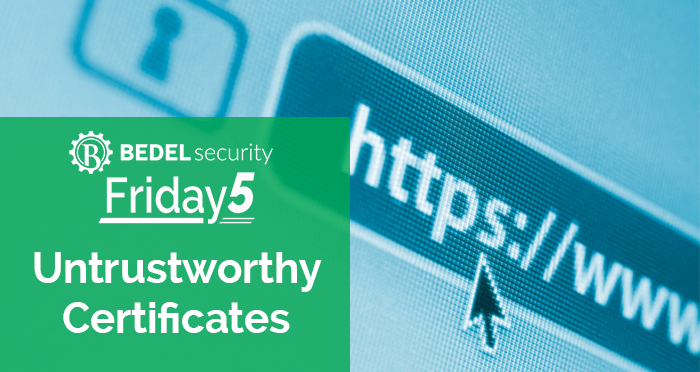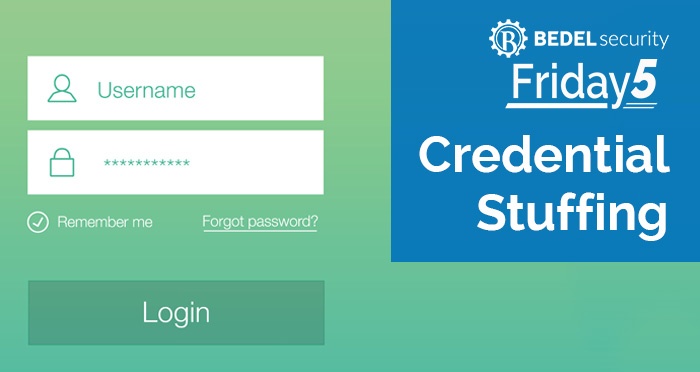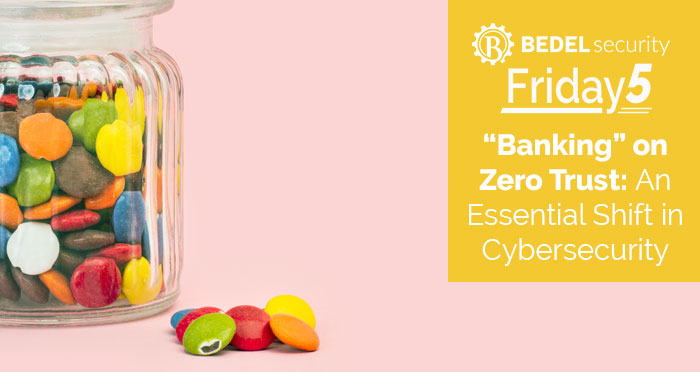2 min read
What is Credential Stuffing?
One of the fastest-growing types of cyberattack right now is called credential stuffing. Credential stuffing takes place when an attacker uses a...


Many have been taught that the way to determine if a site is secure is to look for the padlock next to the URL in their browser. While that may have been true at one time, it increasingly is not true today. That is because a high percentage (over half) of phishing websites now have certificates (and the padlock). Simply having a certificate no longer equates to trust. This has ramifications for how institutions select their certificates and how they train their employees to browse safely. The trust level of a site depends on the type of certificate that the site uses. We'll review three main types of certificates today.
Internally, financial institutions should start training employees how to tell the difference between different types of certificates when they are suspicious of a site. This will vary based on the browser in use, but normally an EV or OV certificate will show the company name next to the URL or display the URL in green. If employees are not sure of a site, they should be instructed to contact IT for help before clicking.
We hope this helps you feel more confident to safely browse the internet. If you have any questions or would like further information on how to implement a strategy to promote safe browsing, drop us a line and we'd be happy to help. If you found this information helpful could you do us a favor and share it? The more the merrier!

2 min read
One of the fastest-growing types of cyberattack right now is called credential stuffing. Credential stuffing takes place when an attacker uses a...

Phishing remains one of the top threats to organizations today. Every user regularly receives emails designed to trick them into clicking on a link,...

Ever heard Rick Howard's analogy of networks being like M&M candies? Imagine a hard exterior shell but with a soft, less secure core. Traditional...